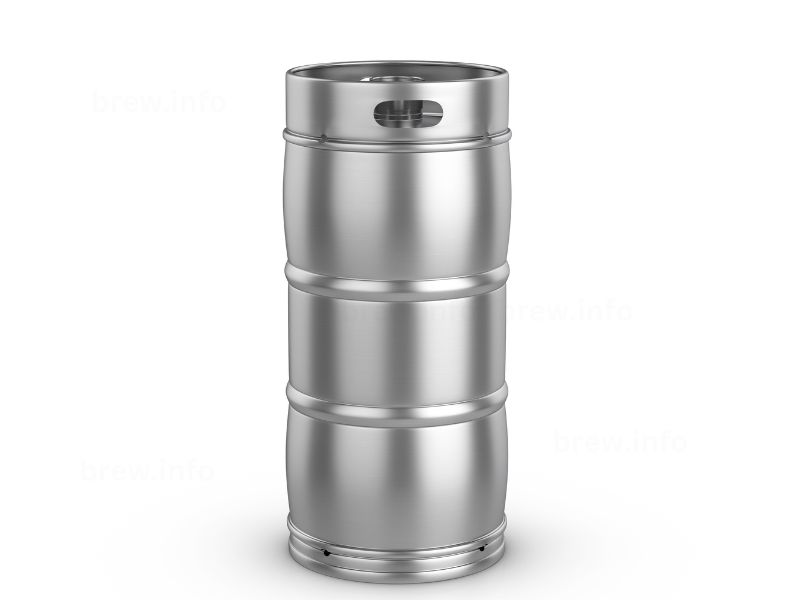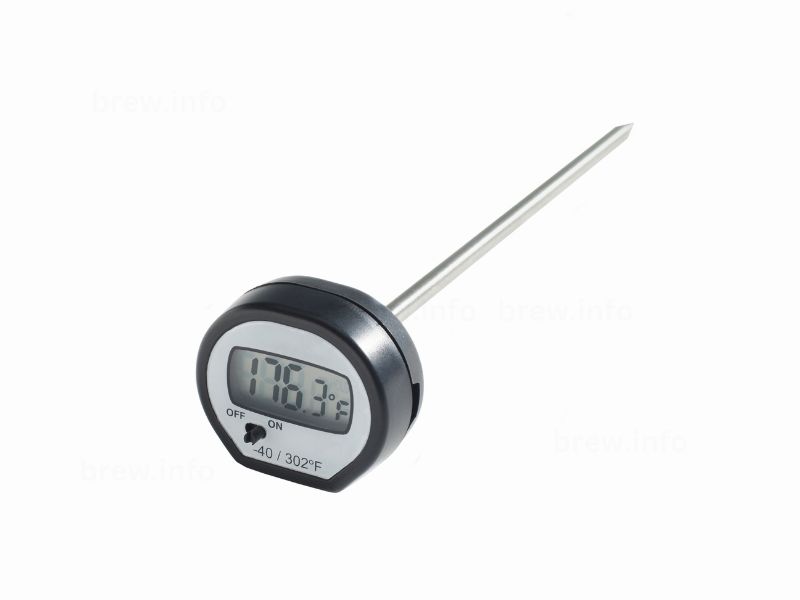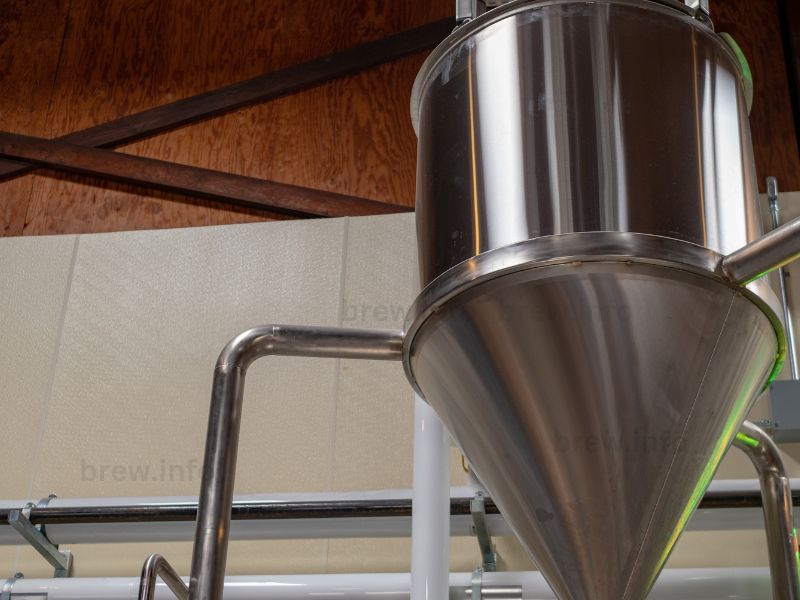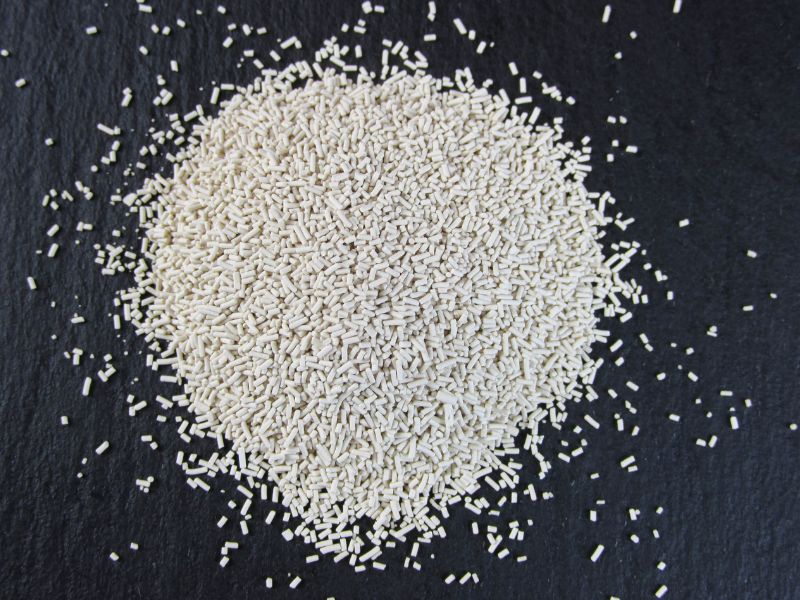A Deep Dive into Homebrew Equipment: Your Next-Level Brewing Experience
Homebrew equipment is the cornerstone of any brewer’s journey, from novice to master. It’s the gear that translates your passion and craft into that first sip of a perfectly brewed beer.
But let’s take a step back. You’ve dipped your toes into the brewing world. You’ve crafted batches of beer that have delighted your taste buds. You’re no longer a beginner. You’re ready to upgrade your homebrew setup. So, what’s next?
It’s All About Quality: Your Essential Homebrew Equipment Upgrade
Before we delve into the specifics, remember one thing: quality matters. The better your equipment, the more control you have over your brew. It can greatly enhance your brewing process and result in a superior product.
An example that springs to mind is a friend of mine, a homebrew enthusiast. He started with a simple setup, but when he decided to upgrade his homebrew equipment, he went for a high-quality, stainless steel brewing kettle. The difference was noticeable. The temperature control was superior, the durability was remarkable, and the beer? Delicious!
The Heart of the Operation: The Brewing Kettle
Speaking of brewing kettles, this is where your beer comes to life. A good brewing kettle is a necessary upgrade for any intermediate brewer. Opt for one made of stainless steel, which is durable and easy to clean. Consider a kettle with a built-in thermometer for precise temperature control and a spigot for easy transfer of your brew.
Keeping It Cool: The Wort Chiller
Are you tired of doing an ice bath in your sink to cool your wort?
Next on our homebrew equipment upgrade list is a wort chiller. After boiling your wort, it’s important to cool it as quickly as possible to prevent bacteria from setting in.
Also you will need a work chiller or plate chiller if you go beyond five-gallon extract batches. It just takes too long and is more dangerous when you go beyond that volume of wort.
Picture this: it’s a hot summer day, and you’ve just finished boiling your wort. You could let it cool naturally, but that would take hours! Enter the wort chiller. Within minutes, your wort is at the perfect temperature, ready for the yeast to work its magic.
The Unsung Hero: The Fermentation Chamber
The fermentation chamber is a piece of homebrew equipment often overlooked by beginners. As you progress in your brewing journey, you’ll find it’s crucial for controlling the fermentation temperature. With an upgraded fermentation chamber, you’ll have the ability to brew a wider range of beer styles, even those requiring cooler fermentation temperatures. You can take an old refrigerator and temperature control unit and make your own chamber. The best brewers use a fermentation chamber to control their temps.
Getting Technical: The Hydrometer and Refractometer
Measurement tools, like a hydrometer and refractometer, are also key upgrades. These devices allow you to accurately measure the sugar content in your brew, helping you determine the alcohol content and whether fermentation has finished.
In my early brewing days, I would sometimes find my beer too sweet or too dry. I didn’t know why until a fellow brewer pointed out the importance of measuring sugar content. Upgrading to a good hydrometer and refractometer was a game-changer for me.
Sealing the Deal: The Bottle Capper
Finally, no intermediate homebrew equipment setup is complete without a reliable bottle capper. This tool ensures your precious brew is sealed properly, maintaining its freshness until you’re ready to enjoy it. A sturdy, stand-alone bottle capper is a worthy investment.
There you have it, a look into the essential upgrades for your homebrew setup. As you deepen your understanding and experience, you’ll find that each piece of equipment plays a pivotal role in the brewing process. Homebrew equipment is more than just tools; it’s an extension of the brewer’s skill and passion.
The Lifeline of Your Brew: Yeast Propagation Equipment
For many brewers, yeast is just something you buy in packets and add to the wort. But as you progress in your brewing journey, you might want to consider propagating your own yeast.
To do this, you’ll need yeast propagation equipment. This includes a yeast starter kit, a flask, and a stir plate. Having the ability to propagate your own yeast gives you greater control over your brew, and it’s a fascinating process to watch!
Taking It a Step Further: Kegging System
If you’re ready to take your homebrewing experience to a whole new level, consider investing in a kegging system. While bottling your homebrew can be rewarding, kegging offers convenience and consistency that’s hard to beat.
Once I upgraded to a kegging system, I found it easier to share my beer with friends and family. Plus, there’s something incredibly satisfying about pulling a pint from your own keg!
In the grand scheme of things, the decision to upgrade your homebrew equipment is a testament to your commitment to the craft. With each new piece of gear, you’re not just brewing beer, but creating an experience that you can share with others.
Remember, the journey to becoming a better brewer isn’t just about the equipment. It’s also about learning, experimenting, and sharing your passion for homebrewing. So here’s to your next brew, may it be your best one yet!

The Power of Control: The Mash Tun
For brewers looking to transition from extract brewing to all-grain brewing, a mash tun becomes a crucial piece of homebrew equipment. A mash tun, often an insulated cooler or stainless steel vessel, is used to combine grains and hot water in a process known as mashing.
Mashing allows you to extract the fermentable sugars from malted grains, offering you a more hands-on brewing experience and greater control over the flavor profile of your beer. It’s a step that, while complex, opens up a whole new world of possibilities for your brewing repertoire.
I remember when I made the leap to all-grain brewing. It felt like a whole new world had opened up to me. The control I had over the flavors of my beer was unparalleled, and it was all thanks to my new mash tun.
Precision Matters: The pH Meter
In the world of brewing, precision is key. And one aspect of brewing where precision is crucial is the pH level of your mash and water. This is where a pH meter comes into play.
A pH meter allows you to measure the acidity or alkalinity of your water and mash, which can significantly impact the flavor of your beer. By using a pH meter, you can make adjustments as necessary to hit your target pH and ensure your beer turns out exactly how you want it.
The Brewmaster’s Library: Brewing Literature
Finally, an often overlooked but invaluable piece of homebrew equipment is a good collection of brewing literature. Books and guides provide a wealth of knowledge and are an excellent resource for troubleshooting, recipe inspiration, and learning advanced brewing techniques.
For me, reading about brewing was just as important as the brewing itself. I would spend hours poring over brewing books, absorbing as much knowledge as I could. It was these books that helped me understand the science behind brewing and become the brewer I am today.
And with that, we’ve taken a more in-depth look at the key homebrew equipment for intermediate brewers looking to upgrade their setup. Remember, the best brews aren’t just about having the right equipment, but about the brewer’s knowledge, passion, and creativity. So, as you embark on this brewing journey, always strive to learn more, experiment often, and most importantly, enjoy every moment. Here’s to the many great brews that lie ahead!
Pump Up Your Brew: The Wort Pump
A wort pump, though not absolutely necessary, can be a valuable addition to your homebrew equipment. This device helps to circulate your wort during the boiling process, ensuring an even temperature throughout the kettle. It’s also handy for transferring wort from one vessel to another, saving you from heavy lifting.
One brewing afternoon, I realized just how valuable my wort pump was. I was brewing a particularly large batch, and the thought of manually stirring and lifting was daunting. With my trusty wort pump, I was able to maintain an even boil and transfer the wort with ease.
Stir It Up: The Mash Paddle
While we’re on the subject of stirring, let’s not forget about the mash paddle. This tool, often overlooked by beginner brewers, is essential for breaking up dough balls in your mash and ensuring an even mix.
A good mash paddle is sturdy and long enough to reach the bottom of your kettle. Choose one made of stainless steel or food-grade plastic for durability and ease of cleaning.
Brew Like a Pro: The Conical Fermenter
If you’re ready to invest in your brewing future, consider a conical fermenter. This piece of homebrew equipment, often seen in professional breweries, allows yeast and sediment to collect at the bottom of the cone for easy removal.
The first time I used a conical fermenter, I was amazed by the difference it made in the clarity and taste of my beer. It was an investment, but one that paid off in every sip. We are a big fan of the Spike Brewing fermenters.
Safety First: The Brewing Gloves
Brewing involves dealing with hot liquids and chemicals, so it’s crucial to prioritize safety. A good pair of brewing gloves will protect your hands during the brewing process. Look for gloves that are heat resistant and long enough to cover your forearms for maximum protection.
I recall a brewing session where I accidentally splashed hot wort on my hand. Had I been wearing brewing gloves, I would have saved myself from a painful burn. Since then, I never brew without them.
In the end, remember that the journey of upgrading your homebrew setup is a personal one. The equipment you choose should suit your brewing style and goals. As you gain more experience and knowledge, you’ll find the tools that work best for you.
Most importantly, never lose sight of the joy and satisfaction that comes from brewing. After all, there’s nothing quite like the taste of a beer that you’ve crafted yourself. Cheers to your brewing adventures ahead!
A Step Up: Grain Mill
A grain mill is a valuable addition to your homebrew equipment, especially if you’re an all-grain brewer. Milling your own grains gives you more control over the consistency of the grind, which can significantly impact the extraction of sugars during mashing.
In the early days of my brewing journey, I relied on pre-milled grains. But when I finally decided to invest in my own grain mill, I found that my brews became more consistent and my efficiency improved.
Brewing with Precision: Digital Thermometer
Temperature control is crucial in brewing. Whether you’re mashing grains, boiling wort, or fermenting your brew, a precise temperature can make all the difference. A digital thermometer offers a quick and accurate reading, making it easier to control your brew at every stage.
My digital thermometer has been my faithful brewing companion. It’s saved me from many a brewing mishap, ensuring my temperatures are always spot on.

The Beauty of Clear Beer: Beer Filtration System
While not essential, a beer filtration system can enhance the clarity of your beer, giving it a professional look. This homebrew equipment helps remove any lingering yeast or sediment from your beer before bottling or kegging.
Savor the Flavor: Beer Testing Kit
As you become more serious about brewing, you may want to understand your beer on a deeper level. A beer testing kit allows you to analyze the chemical composition of your beer, including its pH, alcohol content, and more.
When I got my first beer testing kit, it was like I had unlocked a new level in my brewing journey. I was able to tweak my recipes with precision, perfecting my brews like never before.
As we delve deeper into the world of homebrewing, we discover that the possibilities are limitless. With the right homebrew equipment, you can experiment, innovate, and create brews that are uniquely your own. So here’s to your brewing adventure and the many exciting milestones that lie ahead.
Craft Your Brew: Recipe Software
As you advance in your brewing journey, you may find yourself wanting to create your own recipes. Recipe software can be a great asset in this endeavor. This kind of software allows you to input your ingredients and brewing parameters, then it calculates crucial details like expected alcohol content, bitterness, and color.
When I first started creating my own recipes, I found recipe software to be an indispensable tool. It helped me balance my ingredients and understand how each component contributed to the final brew.
Enhancing Your Brew: Water Chemistry Kit
Water makes up the majority of your beer, so it’s no surprise that its chemistry can significantly impact your brew. A water chemistry kit allows you to test the mineral content and pH of your brewing water. With this information, you can make the necessary adjustments to perfect your brew.
The Art of Carbonation: Carbonation Equipment
If you’re kegging your beer, having dedicated carbonation equipment can take your brew to the next level. Forced carbonation allows you to control the level of fizz in your beer accurately, ensuring a perfect pour every time.
Upgrading your homebrew setup is an ongoing journey, filled with exciting discoveries and rewarding challenges. As you continue to grow as a brewer, remember to embrace the process, learn from your mistakes, and above all, enjoy the art of brewing. After all, the ultimate goal is to create a beer that you love. So here’s to your brewing adventure and the many remarkable brews that await you!
Refining Your Craft: Plate Filter
If you’re looking to produce beer with a crystal clear appearance, consider investing in a plate filter. This piece of homebrew equipment can remove even the smallest particles from your beer that could otherwise cause cloudiness.
The Finishing Touch: Counter Pressure Bottle Filler
For those who prefer to bottle their brews but want a more professional finish, a counter-pressure bottle filler is an excellent addition. This device allows you to fill your bottles from the bottom up, reducing the amount of oxygen exposure and maintaining the carbonation level in your beer.
I remember the first time I used a counter-pressure bottle filler. The difference in the quality of my bottled beer was noticeable. The beer maintained its freshness longer and the carbonation was more consistent.
A Touch of Creativity: Oak Barrels
If you’re looking to experiment with unique flavors in your beer, why not consider an oak barrel? Aging your beer in an oak barrel can impart complex flavors and aromas that you can’t get from hops and malt alone.
Brewing Forward: The Journey Ahead
Embarking on the journey of upgrading your homebrew setup is not just about acquiring more sophisticated equipment. It’s about embracing the endless learning opportunities brewing offers and seeking to perfect your craft with every batch you make.
From wort pumps to grain mills, from conical fermenters to counter-pressure bottle fillers, each piece of homebrew equipment you add to your arsenal brings you one step closer to achieving your brewing goals. You’ll find that some of these tools will become indispensable, while others might cater to your unique brewing style.
Remember my story about the day I installed my kegerator or the first time I used a counter-pressure bottle filler? Each piece of equipment I added to my setup marked a significant milestone in my brewing journey. And with every upgrade, I found that not only did my beer improve, but I also became a more knowledgeable and confident brewer.
But in the grand scheme of things, it’s important to remember that equipment is just one part of the equation. Your passion, creativity, and willingness to experiment are what truly drive your brewing journey forward.
So, to all you intermediate brewers out there who are ready to take the next step, I say this: Embrace the journey, celebrate your milestones, and above all, continue to savor the joy of brewing. Because at the end of the day, there’s nothing quite like the taste of a beer that you’ve crafted yourself, with a homebrew setup that you’ve painstakingly upgraded and perfected over time.
Cheers to your brewing adventures ahead!
© 2011-2023 by Brew.info. All rights reserved. No part of this document may be reproduced or transmitted in any form or by any means, electronic, mechanical, photocopying, recording, or otherwise, without prior written permission of Brew.info.







